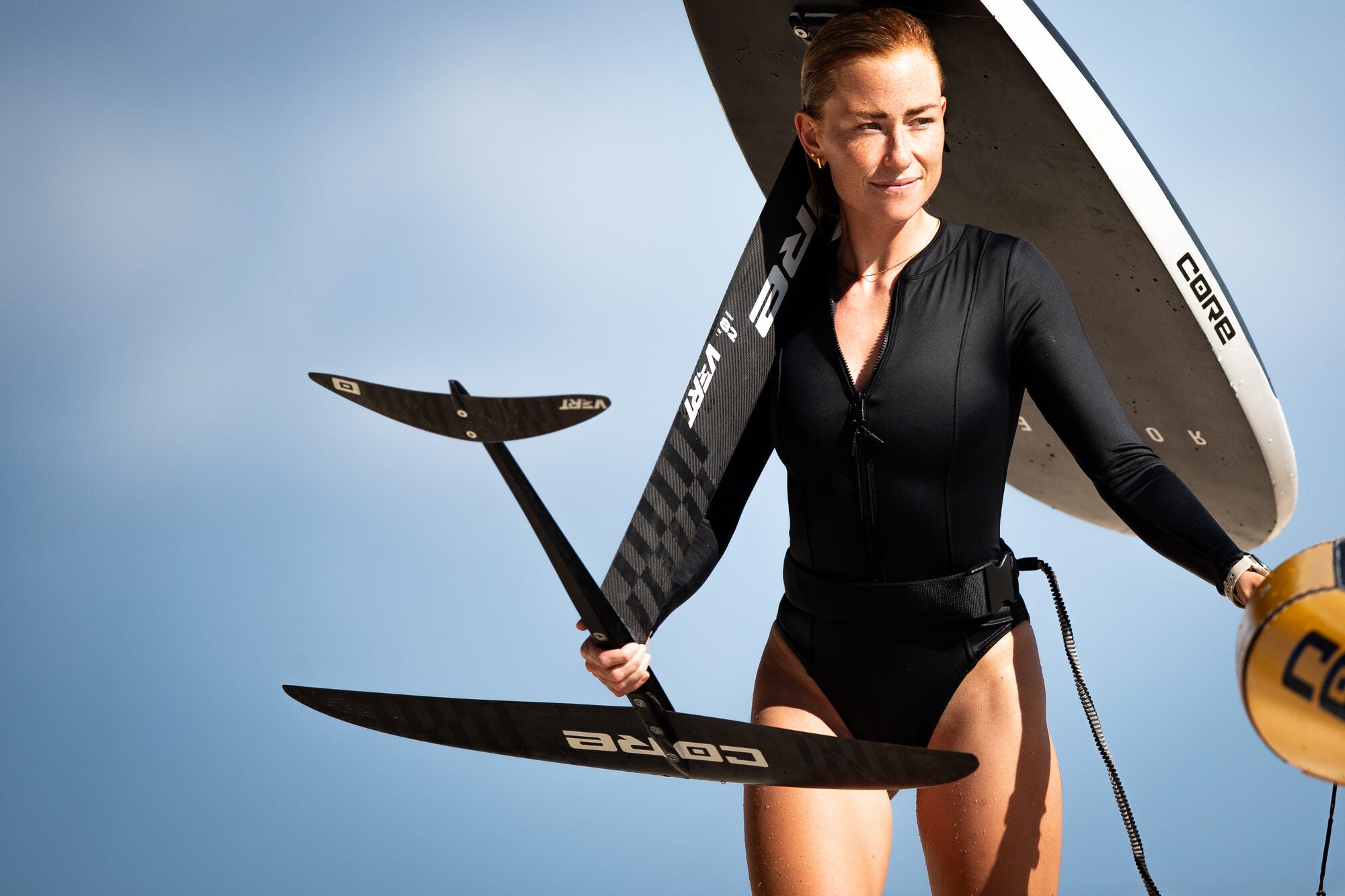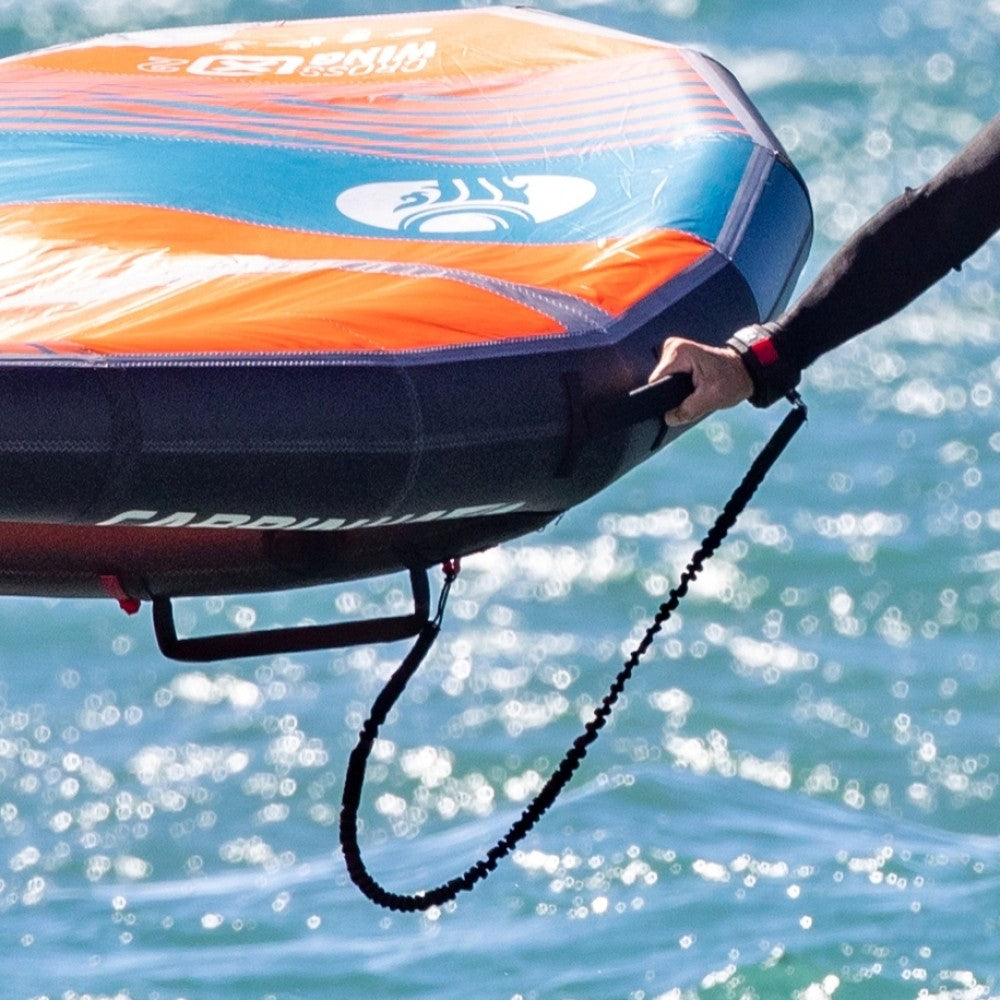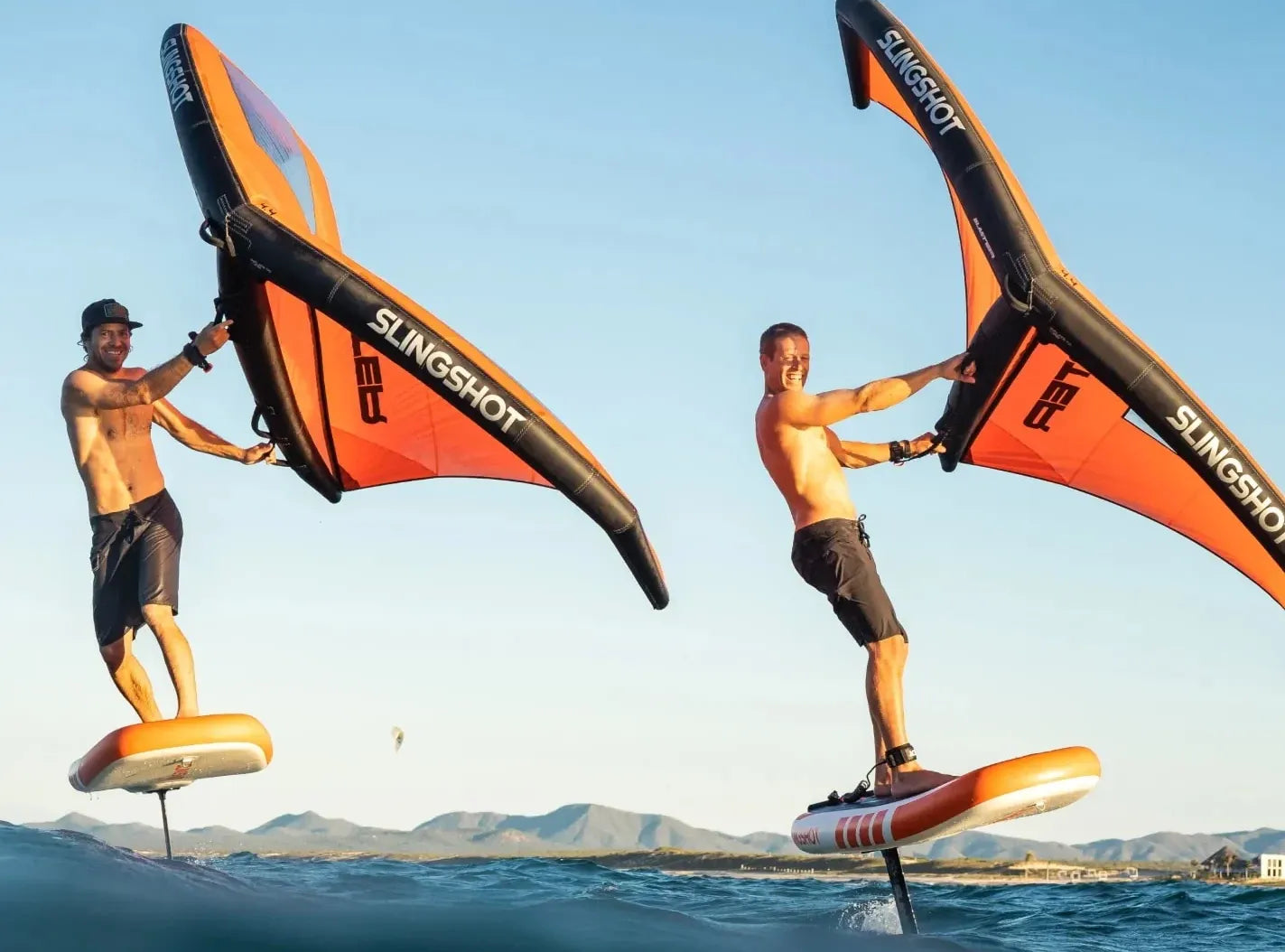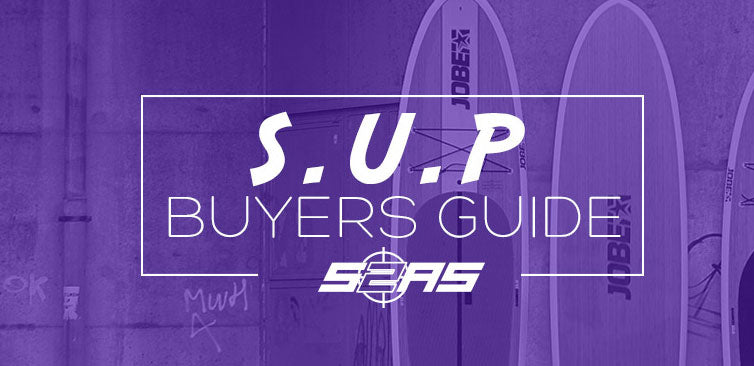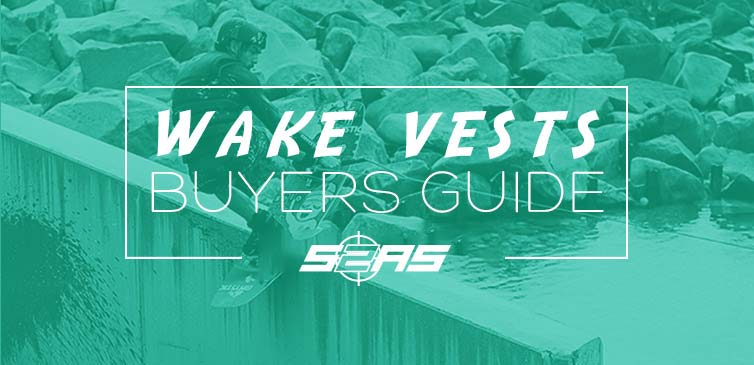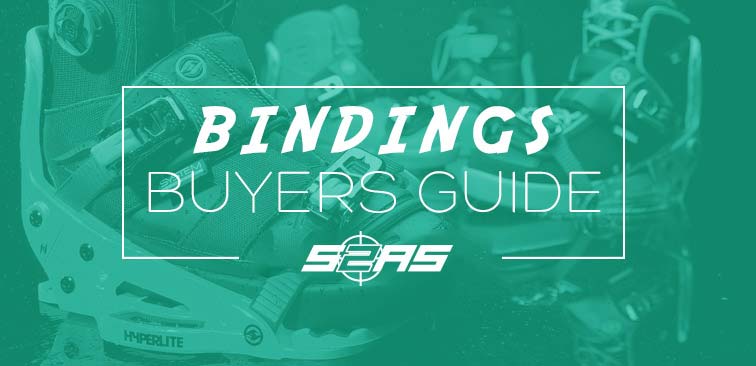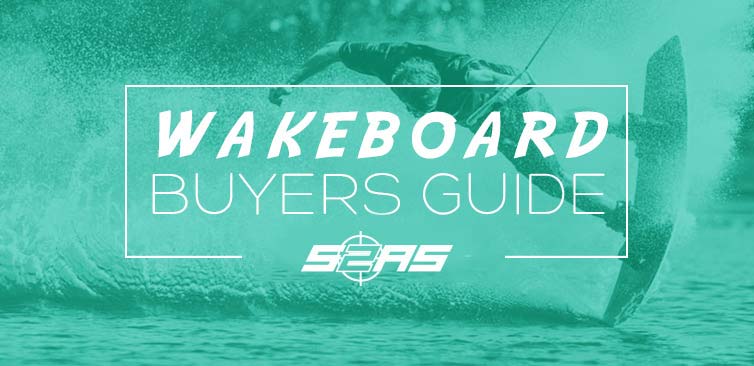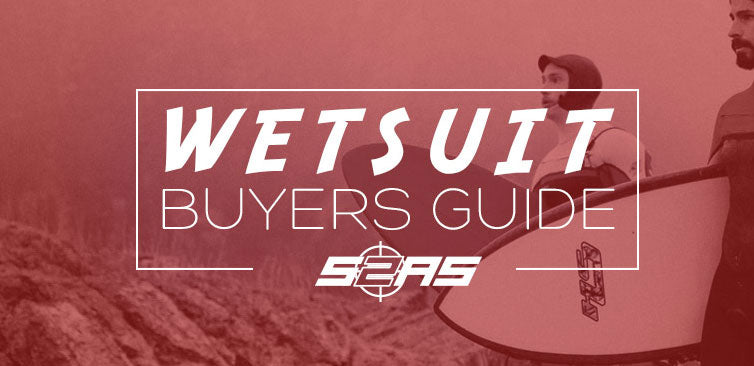Selecting the right wing foil is a critical decision for your wing foiling experience. The wing foil's size and design play a significant role in how well you can harness the wind and ride the waves. Here's a comprehensive buyer's guide, along with size recommendations, to help you make an informed choice:
1. Skill Level
Your skill level is a primary consideration when choosing a wing foil. Different foil sizes and designs are suitable for various experience levels:
-
Beginner Foils: If you're new to wing foiling, consider a larger foil with more stability. A foil with a front wing in the range of 2000 cm² to 2500 cm² is recommended for beginners. This size provides extra lift and stability, making it easier to get up on the foil.
-
Intermediate Foils: Intermediate riders can choose foils with a front wing in the range of 1500 cm² to 2000 cm². These foils strike a balance between stability and performance, allowing you to progress your skills.
-
Advanced Foils: Experienced riders often prefer smaller foils with front wings ranging from 1000 cm² to 1500 cm². Smaller foils provide greater maneuverability, speed, and agility, ideal for advanced maneuvers and high-speed riding.
2. Foil Size
The foil size primarily depends on the size of the front wing. The larger the front wing, the more lift and stability it provides, while smaller front wings are more responsive and suited for high-speed performance. The recommended front wing size for different conditions is as follows:
-
Light Wind (5-15 knots): Choose a front wing size of 2500 cm² or larger for maximum lift and early planing in light winds.
-
Moderate Wind (15-25 knots): Opt for a front wing in the 1500 cm² to 2000 cm² range, striking a balance between lift and maneuverability.
-
Strong Wind (25+ knots): In high winds, a smaller front wing in the 1000 cm² to 1500 cm² range will offer better control and speed.
Keep in mind that foil size recommendations may vary based on your weight and specific board and wing combination. Heavier riders may opt for larger foils to achieve the same lift and stability in lighter winds.
3. Foil Design
Consider the design of the foil components:
-
Mast Length: The mast length impacts the foil's depth underwater. A longer mast provides more clearance and reduces the chances of breaching, while a shorter mast enhances stability. Choose a mast length that suits your riding conditions and experience level.
-
Materials: Foils can be constructed from materials like aluminum, carbon fiber, or composite materials. Carbon fiber foils are lighter and offer better performance, but they can be more expensive.
-
Wing Shape: The shape of the front wing and rear stabilizer wing can affect lift and stability. High-aspect front wings are ideal for speed, while lower-aspect wings provide more lift.
4. Brand and Reviews
Research reputable wing foil foil brands and read reviews from experienced wing foilers. Seek recommendations from fellow riders and instructors to learn about the most trusted and respected foil options in the market.
5. Price
Wing foils vary in price based on factors such as brand, materials, and design. Set a budget based on your preferences and stick to it. Keep in mind that you may also need to allocate funds for additional accessories like boards, wings, and safety gear.
In conclusion, selecting the right wing foil with the appropriate size is essential for a successful and enjoyable wing foiling experience. Consider your skill level, riding conditions, foil size, design, reviews, and budget when making your choice. By following these recommendations, you'll be well-prepared to excel in this thrilling water sport.

